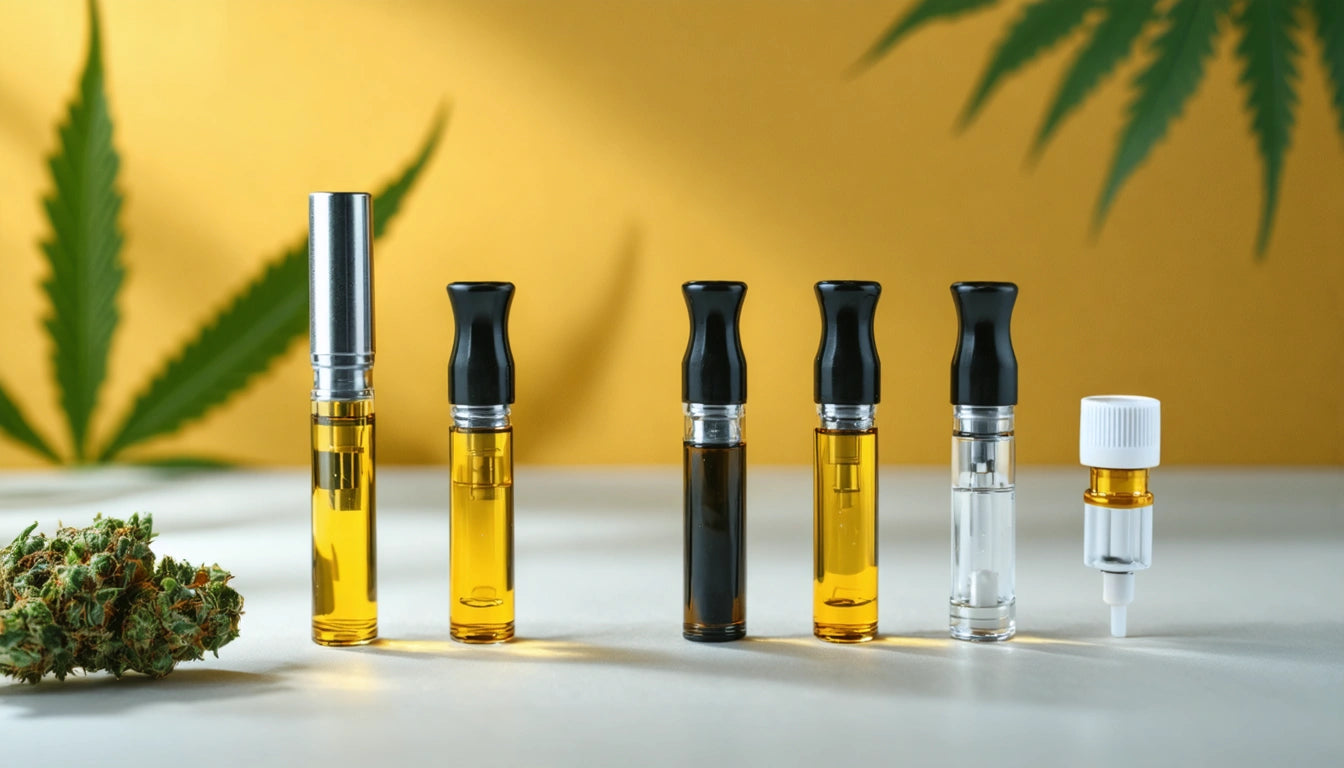Table of Contents
Understanding the Effects of THC on Cats: What Pet Owners Need to Know
Cannabis consumption has become increasingly common as legalization spreads across the United States. With this rise in accessibility comes an important responsibility for pet owners to understand how these substances might affect their animal companions. The question "can cats have THC" is not just relevant but crucial for responsible pet ownership in homes where cannabis products are present.
THC Impact on Feline Biology
Cats process THC very differently than humans do. Their bodies contain cannabinoid receptors, but their metabolic systems are not equipped to process THC efficiently. According to veterinary research, cats lack certain liver enzymes that humans use to metabolize cannabinoids, making them significantly more sensitive to the effects.
When exploring how marijuana affects cats, it's important to note that a cat's smaller size and unique physiology amplify the impact of even minimal exposure. What might be a mild dose for a human can be overwhelming and potentially dangerous for a feline companion.
Why THC Affects Cats More Severely
Several factors contribute to the heightened sensitivity cats experience when exposed to THC:
- Lower body weight means higher concentration per pound
- Cats lack sufficient glucuronidation pathways in the liver
- Feline neurological systems have a higher density of cannabinoid receptors
- Cats cannot verbalize discomfort, making assessment difficult
These biological differences mean that does THC affect cats? The answer is an emphatic yes, and typically more intensely than it affects humans or even dogs.
Symptoms of THC Exposure in Cats
Recognizing the signs of THC exposure in cats is essential for prompt intervention. When cats get high from cannabis exposure, they typically display a constellation of symptoms that differ from human reactions.
Common symptoms include:
- Ataxia (uncoordinated, wobbly movement)
- Dilated pupils and glassy eyes
- Hypersalivation or drooling
- Vomiting
- Urinary incontinence
- Lethargy alternating with agitation
- Decreased body temperature
- Slow heart rate (bradycardia)
- In severe cases, seizures or coma
Unlike humans who might experience euphoria, cats typically find THC exposure distressing and disorienting. What we perceive as "getting high" manifests as toxicity in felines.
Accidental Exposure Scenarios
Most THC exposure in cats occurs accidentally through several common scenarios:
Secondhand Smoke
Cats can be affected by secondhand cannabis smoke in enclosed spaces. Their grooming habits compound this issue, as they ingest particles that settle on their fur during cleaning.
Edibles and Concentrates
Cannabis edibles pose a double risk, often containing both THC and ingredients toxic to cats like chocolate or xylitol. Concentrates like oils or waxes contain extremely high THC levels that can be particularly dangerous.
Plant Material
Curious cats may nibble on cannabis plants or leftover plant material. While raw cannabis contains less active THC than decarboxylated forms, it can still cause adverse effects.
Understanding how THC works helps explain why even minimal exposure can lead to significant symptoms in cats.
Treatment Options for THC Toxicity
If you suspect your cat has been exposed to THC, immediate veterinary attention is recommended. Treatment typically focuses on supportive care while the cat's system processes the substance:
- IV fluids to prevent dehydration
- Temperature regulation
- Anti-nausea medication if vomiting persists
- In some cases, activated charcoal to reduce absorption
- Monitoring of vital signs until symptoms subside
Recovery time varies based on exposure amount and individual factors, but most cats recover within 24-72 hours with proper veterinary care. It's crucial to be honest with your veterinarian about potential THC exposure to ensure appropriate treatment.
Responsible Cannabis Storage for Pet Owners
Prevention is the best approach to protecting cats from THC exposure. Cannabis users with pets should implement secure storage practices to keep products inaccessible to curious felines.
We recommend using secure storage options like sealed mylar bags that offer both odor control and physical barriers to prevent accidental exposure. These specialized containers help maintain product freshness while keeping pets safe from contents they shouldn't access.
Additional safety measures include:
- Store all cannabis products in locked cabinets or containers
- Keep edibles in refrigerators with secure latches
- Clean surfaces after preparing cannabis products
- Smoke in well-ventilated areas away from pets
- Dispose of ash and remnants securely
Understanding the risks of THC overconsumption applies not just to humans but even more critically to our feline companions who cannot moderate their own exposure.
By recognizing that cats and THC don't mix well and taking appropriate precautions, cannabis users can enjoy their products while ensuring the safety and wellbeing of their feline family members. The responsibility falls on pet owners to create an environment where accidental exposure is virtually impossible.











Leave a comment
All comments are moderated before being published.
This site is protected by hCaptcha and the hCaptcha Privacy Policy and Terms of Service apply.